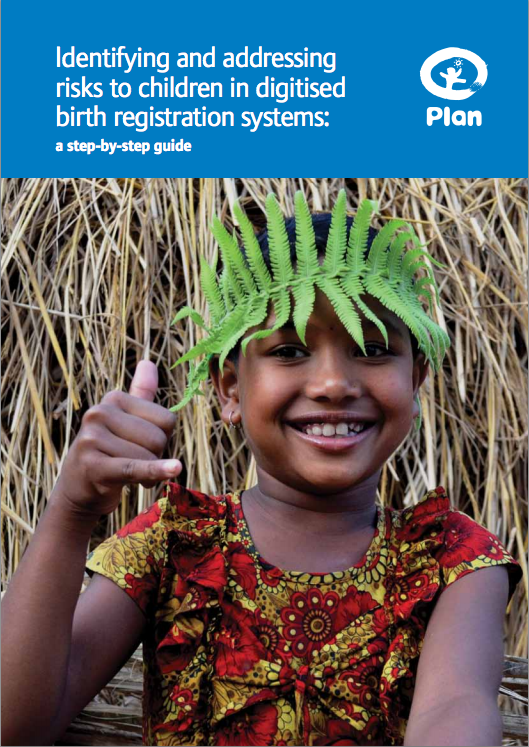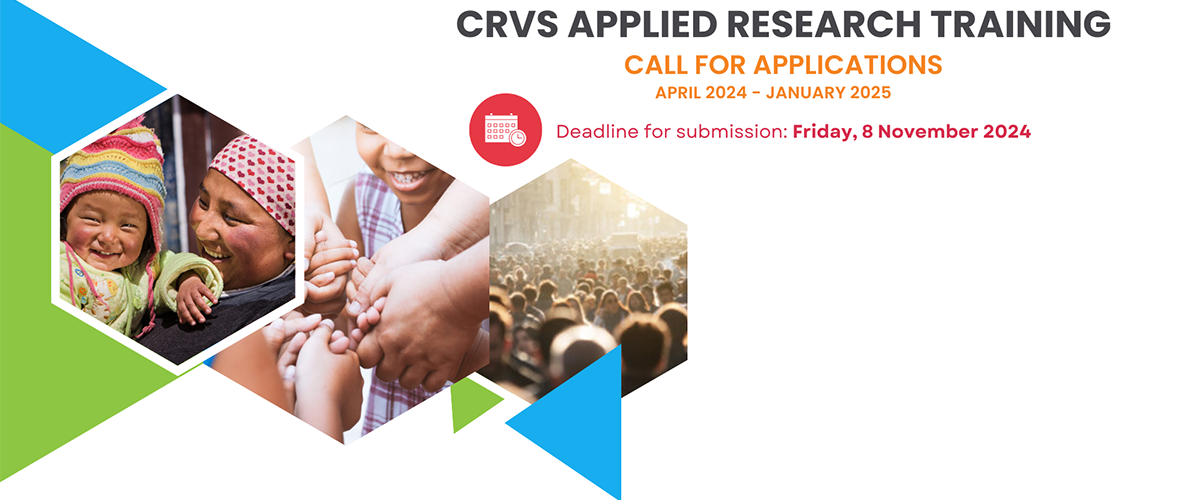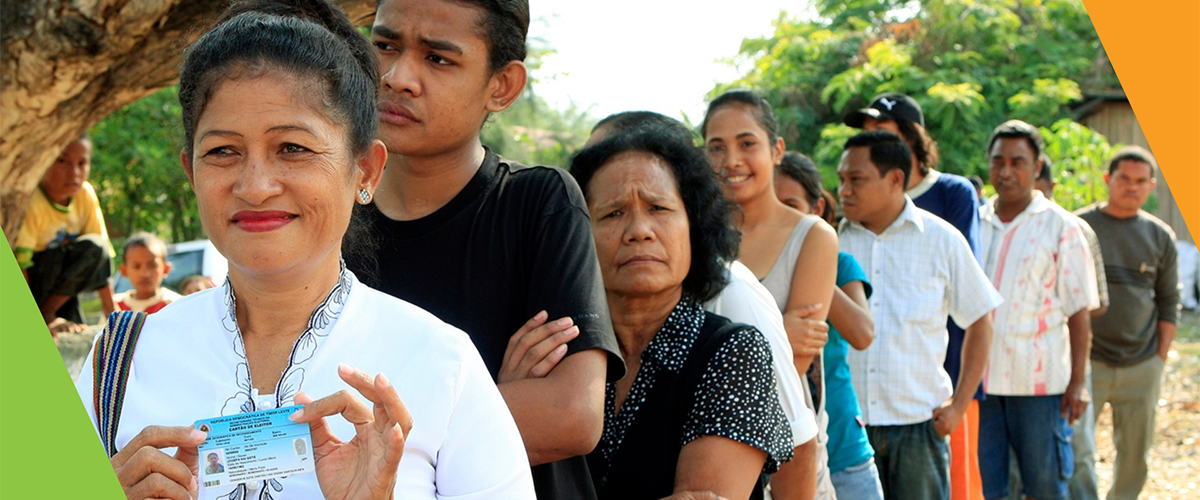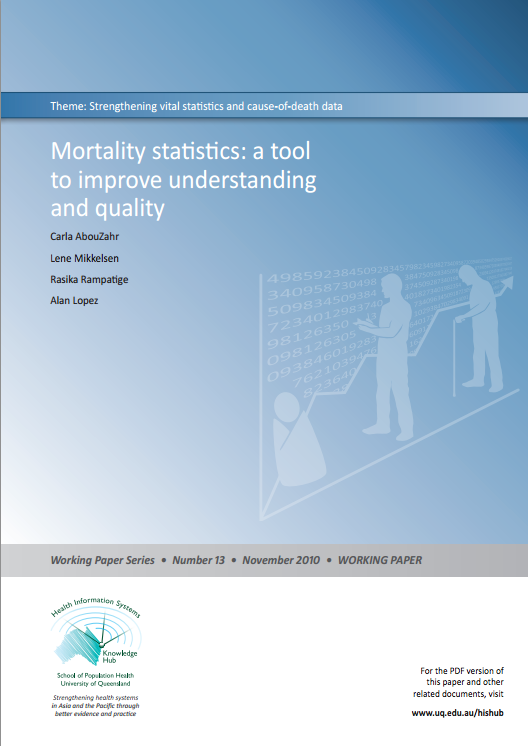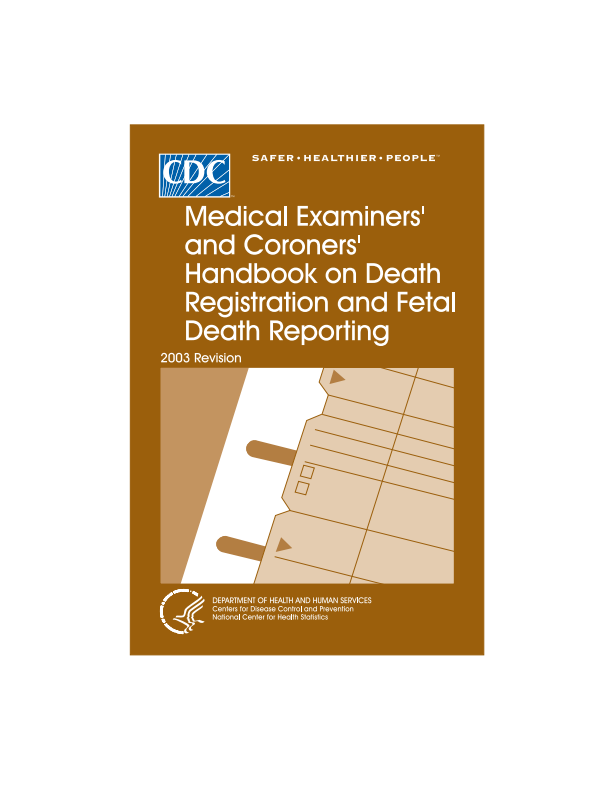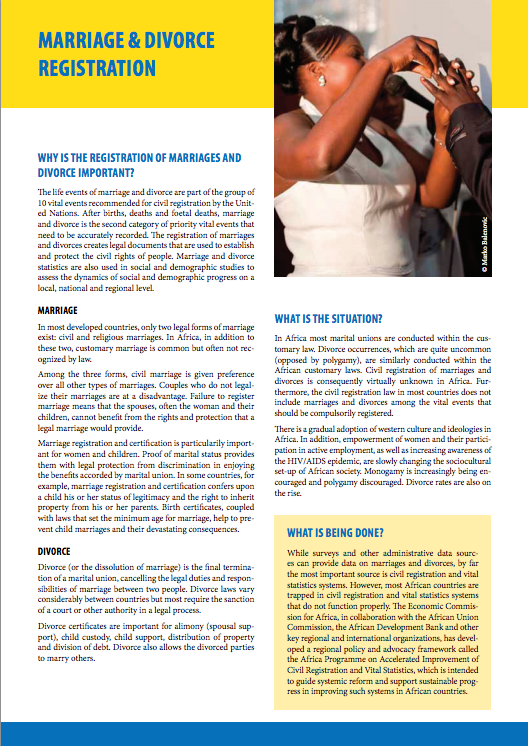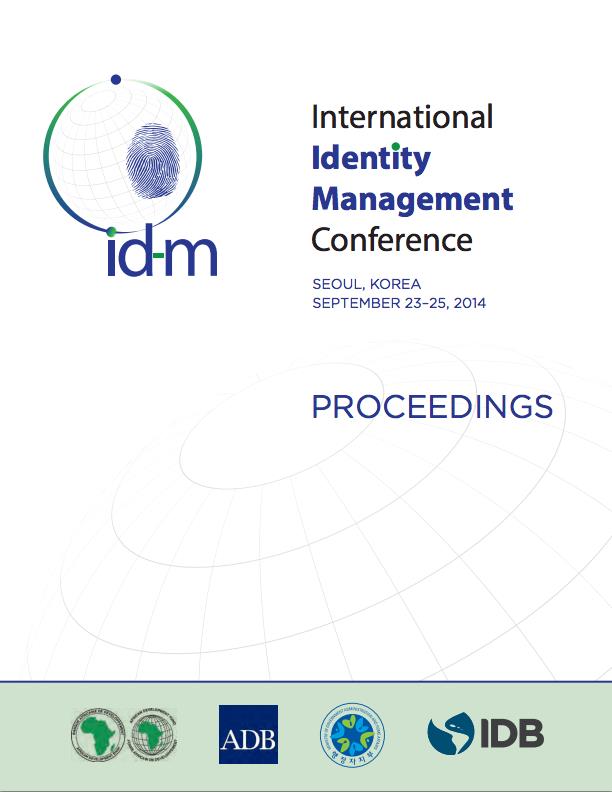Plan International Digital Birth Registration risk assessment tool
This document provides guidance on identifying and mitigating risks associated with digital birth registration for implementing government agencies and their partners operating in low- and middle-income countries. It expands on the model of DBR developed by Plan International as part of its Count Every Child initiative and within the context of strengthening civil registration and vital statistics (CRVS) systems more broadly. The tool provides: checklists of likely risk factors, example risk mitigation mechanisms for each, and prompts to develop context-based responses.
